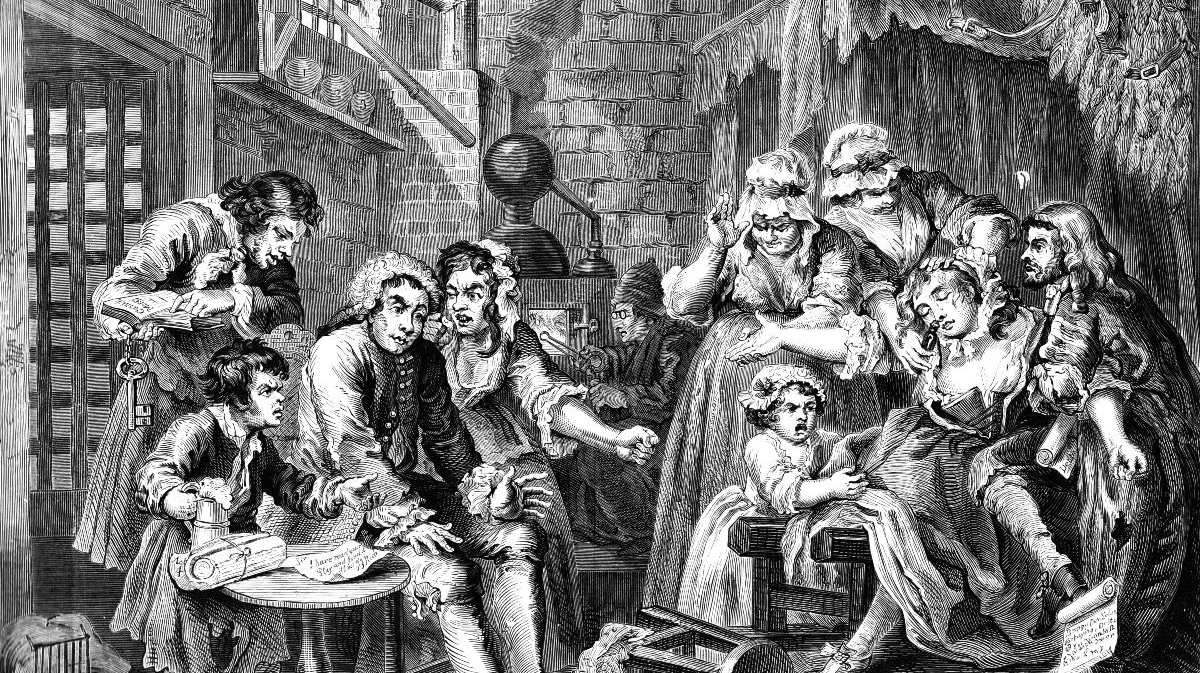The American Republic will endure until the day Congress discovers it can bribe the public with the public’s money.
Alexis De Tocqueville, Democracy in America, 1835. Folks, you have just read the perfect definition of Congressional earmarks and bailouts. In economics you learn there is no such thing as a free lunch. It is not the one eating the ‘free’ lunch but some other sucker not eating the free lunch, but paying for it by drinking overpriced watered down beer and pretzels. Congressmen must legislate earmarks and bailouts in order to become elected for life.
So we are experiencing annual federal budget deficits well in excess of $1,000,000,000,000. That, good readers, is one million-million dollars, or one-thousand billion dollars. To be more precise, one trillion three-hundred billion dollars for this fiscal year: $1,300,000,000,000. That is close to 10% of the current outstanding federal debt. As of December 9, 2010, the U.S. Debt was $13,846,494,847,569.86; that’s thirteen trillion, eight-hundred and forty-six billion dollars. In normal years, the interest alone on the current federal debt would be about $500 billion or $500,000,000,000 or one-half trillion dollars, just for the interest on that debt.
The just adjourned, presidentially appointed and so called bipartisan deficit reduction committee wants to significantly reduce Medicare, national defense, and Social Security, for example, to reduce the coming federal deficits. What about earmarks and bailouts? Are their priorities your priorities? This year’s interest on the federal debt will be less because the Federal Reserve System is keeping interest rates down so the U-6 unemployment rate (See Table A-15) is kept below 20%. It is currently above 17%.
Short-term interest rates are close to zero. To keep interest rates down, the Fed has purchased and is continuing to purchase both private sector and government securities in order to keep their prices up. In financial theory, you learn that the prices of financial securities and interest rates are negatively or inversely related; they move in opposite directions.
According to the U.S. Census, households in the lowest quintile had incomes of $20,453 or less; those in the second quintile had incomes ranging from $20,454 to $38,550; those in the third quintile had incomes ranging from $38,551 to $61,801; those in the fourth quintile had incomes ranging from $61,802 to $100,000; and those in the highest quintile had incomes of $100,001 or more.
Many of the senators and representatives in the two houses of Congress are certainly not poor, nor middle class in income and not without significant wealth. According to USGovInfo and TheCapitol, “The current salary (2010) for rank-and-file members of the House and Senate is $174,000 per year.” This puts them at the top 5% of income earners based on household income. Assuming their spouse or other members of the household earn even a modest income, this would place them, as a household, well into the top five-percent of income earners. In addition, the Daily Finance reports that “congressional members scored big during the steep downturn in the market, posting a 16% gain collectively between 2008 to 2009…”
Mr. de Tocqueville, how right you were…are.








